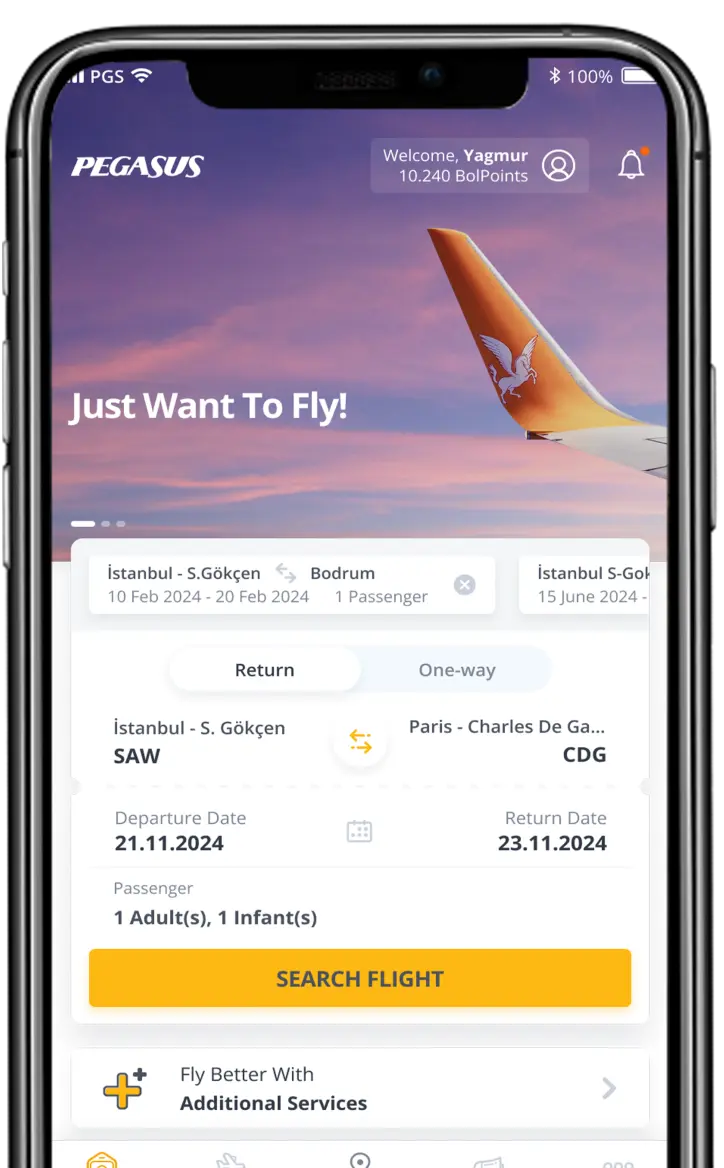 City Guide
City Guide
Cologne Travel Guide
SEARCH CHEAP FLIGHTS
Other Topics
Other Cities
-
Abu Dhabi Travel Guide

-
Adana Travel Guide

-
Agri Travel Guide

-
Aktau Travel Guide

-
Aktau Travel Guide

-
Alanya Travel Guide

-
Albania Travel Guide

-
Alexandria Travel Guide

-
Almaty Travel Guide

-
Amasya Travel Guide

-
Amman Travel Guide

-
Amsterdam Travel Guide

-
Ankara Travel Guide

-
Antalya Travel Guide

-
Astana Travel Guide

-
Athens Travel Guide

-
Austria Travel Guide

-
Azerbaijan Travel Guide

-
Baghdad Travel Guide

-
Bahrain Travel Guide

-
Baku Travel Guide

-
Balikesir - Edremit Travel Guide

-
Barcelona Travel Guide

-
Basel Travel Guide

-
Batman Travel Guide

-
Batumi Travel Guide

-
Beirut Travel Guide

-
Belgium Travel Guide

-
Belgrade Travel Guide

-
Berlin Travel Guide

-
Bingol Travel Guide

-
Birmingham Travel Guide

-
Bishkek Travel Guide

-
Bodrum Travel Guide

-
Bologna Travel Guide

-
Bosnia and Herzegovina Travel Guide

-
Bratislava Travel Guide

-
Brussels Travel Guide

-
Bucharest Travel Guide

-
Budapest Travel Guide

-
Cairo Travel Guide

-
Casablanca Travel Guide

-
Charleroi Travel Guide

-
Chișinău Travel Guide

-
Cluj-Napoca Travel Guide

-
Copenhagen Travel Guide

-
Corlu Travel Guide

-
Czech Republic Travel Guide

-
Dalaman Travel Guide

-
Dammam Travel Guide

-
Denizli Travel Guide

-
Denmark Travel Guide

-
Doha Travel Guide

-
Dortmund Travel Guide

-
Dubai Travel Guide

-
Düsseldorf Travel Guide

-
Edinburgh Travel Guide

-
Egypt Travel Guide

-
Eindhoven Travel Guide

-
Elazig Travel Guide

-
Erbil Travel Guide

-
Erzincan Travel Guide

-
Erzurum Travel Guide

-
Finland Travel Guide

-
France Travel Guide

-
Frankfurt Travel Guide

-
Ganja Travel Guide

-
Gaziantep Travel Guide

-
Geneva Travel Guide

-
Georgia Travel Guide

-
Germany Travel Guide

-
Giresun Travel Guide

-
Greece Travel Guide

-
Grozny Travel Guide

-
Hamburg Travel Guide

-
Hannover Travel Guide

-
Hatay - Antakya Travel Guide

-
Helsinki Travel Guide

-
Hopa Travel Guide

-
Hungary Travel Guide

-
Hurghada Travel Guide

-
Igdir Travel Guide

-
Iran Travel Guide

-
Iraq Travel Guide

-
Istanbul Travel Guide

-
Italy Travel Guide

-
Izmir Travel Guide

-
Jeddah Travel Guide

-
Jordan Travel Guide

-
Kahramanmaras Travel Guide

-
Karachi Travel Guide

-
Kars Travel Guide

-
Kayseri Travel Guide

-
Kazakhstan Travel Guide

-
Kazan Travel Guide

-
Kharkiv Travel Guide

-
Kherson Travel Guide

-
Konya Travel Guide

-
Kosovo Travel Guide

-
Krasnodar Travel Guide

-
Kutaisi Travel Guide

-
Kuwait Travel Guide

-
Kuwait Travel Guide

-
Kütahya Travel Guide

-
Kyiv Travel Guide

-
Kyrenia Travel Guide

-
Kyrgyzstan Travel Guide

-
Lebanon Travel Guide

-
Leipzig Travel Guide

-
Lesvos (Mytilene) Travel Guide

-
London Travel Guide

-
Lviv Travel Guide

-
Lyon Travel Guide

-
Macedonia Travel Guide

-
Madrid Travel Guide

-
Makhachkala Travel Guide

-
Malatya Travel Guide

-
Manama Travel Guide

-
Manchester Travel Guide

-
Mardin Travel Guide

-
Marseille Travel Guide

-
Medina Travel Guide

-
Milan Travel Guide

-
Mineralnye Vody Travel Guide

-
Moldova Travel Guide

-
Morocco Travel Guide

-
Moscow Travel Guide

-
Munich Travel Guide

-
Mus Travel Guide

-
Muscat Travel Guide

-
Netherlands Travel Guide

-
Nicosia Travel Guide

-
Northern Cyprus Travel Guide

-
Northern Cyprus Travel Guide

-
Norway Travel Guide

-
Nuremberg Travel Guide

-
Odessa Travel Guide

-
Oman Travel Guide

-
Ordu Travel Guide

-
Osh Travel Guide

-
Oslo Travel Guide

-
Pakistan Travel Guide

-
Paris Travel Guide

-
Plovdiv Travel Guide

-
Podgorica Travel Guide

-
Portugal Travel Guide

-
Prague Travel Guide

-
Pristina Travel Guide

-
Qatar Travel Guide

-
Ras Al Khaimah Travel Guide

-
Rhodes Travel Guide

-
Rize Travel Guide

-
Romania Travel Guide

-
Rome Travel Guide

-
Rotterdam Travel Guide

-
Russia Travel Guide

-
Samsun Travel Guide

-
Sanliurfa Travel Guide

-
Sarajevo Travel Guide

-
Saudi Arabia Travel Guide

-
Scotland Travel Guide

-
Serbia Travel Guide

-
Sharm El-Sheikh Travel Guide

-
Shymkent Travel Guide

-
Sinop Travel Guide

-
Sivas Travel Guide

-
Skopje Travel Guide

-
Sofia Travel Guide

-
Spain Travel Guide

-
St. Petersburg Travel Guide

-
Stockholm Travel Guide

-
Stuttgart Travel Guide

-
Sulaymaniyah Travel Guide

-
Sweden Travel Guide

-
Switzerland Travel Guide

-
Tabriz Travel Guide

-
Tbilisi Travel Guide

-
Tehran Travel Guide

-
Tel Aviv Travel Guide

-
Tirana Travel Guide

-
Trabzon Travel Guide

-
Turkey Travel Guide

-
Ukraine Travel Guide

-
United Arab Emirates Travel Guide

-
United Kingdom Travel Guide

-
Van Travel Guide

-
Venice Travel Guide

-
Vienna Travel Guide

-
Yerevan Travel Guide

-
Zagreb Travel Guide

-
Zaporizhia Travel Guide

-
Zurich Travel Guide

Cologne, Köln in German, is the biggest city of the North Rhine-Westphalia state, as well as the most populated city in Germany. Founded by the Romans in the first century A.D. and named “Colonia” which roughly translates to “Farm stead”, Cologne is the fourth biggest city in Germany overall. Cologne is known around the world mostly for the marvellous Cologne Cathedral, but it’s always been a very important, lively city and a vibrant trade center; thanks to its location on the Rhine River. It is also one of the warmest cities in Germany.
Cologne is situated on the western edges of Germany, very close to the French and Belgian borders. Wuppertal, Bonn, Aachen, Düsseldorf, Dillenburg, Homberg and Amsberg are the closest cities to Cologne.
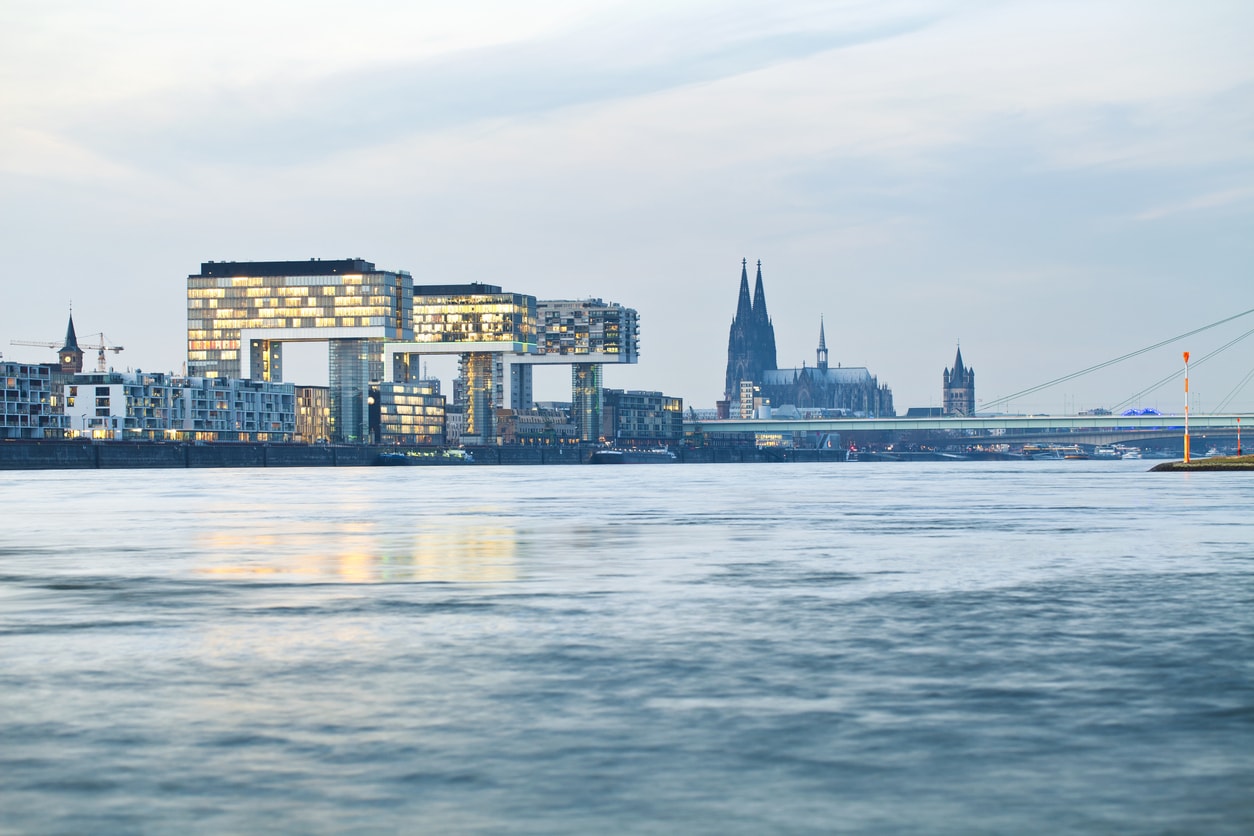
General Information About Cologne
| Country: | Germany |
| Region: | North Rhine-Westphalia |
| Area: | 405,2 km2 |
| Language: | German |
| Average temperature: | 10 °C |
| Climate: | Temperate Oceanic |
| Vegetation: | Coniferous forests |
| The difference between GMT: | GMT+2, |
| Telephone Code: | +49 |
| Currency: | Euro |
| Socket Type: | Type F |
How to Get to Cologne?
Pegasus Airlines offers direct flights to Cologne from Istanbul, Izmir, Adana, Antalya and Kayseri.
The flight duration is approximately 3 hours and 20 minutes from Istanbul.
You can buy your direct flight tickets to Cologne from here.
Transportation from Cologne Bonn International Airport to the City Center
Cologne Bonn International Airport is located 15 kilometres away from the city center. You can get there with airport taxi, bus, train or rent-a-car.
The S13 train takes you from the airport to the city center in 15 minutes. The train usually makes three rounds every hour and is the most common way of making the trip. The Regional Express also makes the trip between Cologne and Bonn Airport, taking 11 minutes; and ICE trains, taking 10 minutes. The tickets to the S13 and RE trains can be bought from vending machines in the train stations, as well as the ICE trains, which are part of a bigger network with Aachen, Frankfurt and Düsseldorf.
The Airport Express Bus SB60 is another option to travel between the airport and the city centre, and makes two trips every hour, except on weekends when it makes one trip every hour. This bus will get you to Cologne in 27 minutes, and back to Bonn from the city centre in 32 minutes. The tickets can be bought from the driver.
You can also take a taxi between Bonn and Cologne which costs around €30 from Bonn and around €40 to Bonn (2019).
You can also enjoy the city with a rental car. Pegasus Airlines car rental service has great offers for you here.
Public Transport in Cologne
The city has an advanced transportation network with interconnected bus and tram lines traversing the city. Single use or 24-hour and 48-hour tickets are available. The one-person 24-hour and 48-hour tickets cost €9 and €18 respectively, and if you aren’t travelling alone, you can pay €19 and 38€ respectively for the 24-hour and 48-hour tickets to extend their validity to cover up to 5 passengers in total (2019). More information can be found here.
Best Time to Visit Cologne
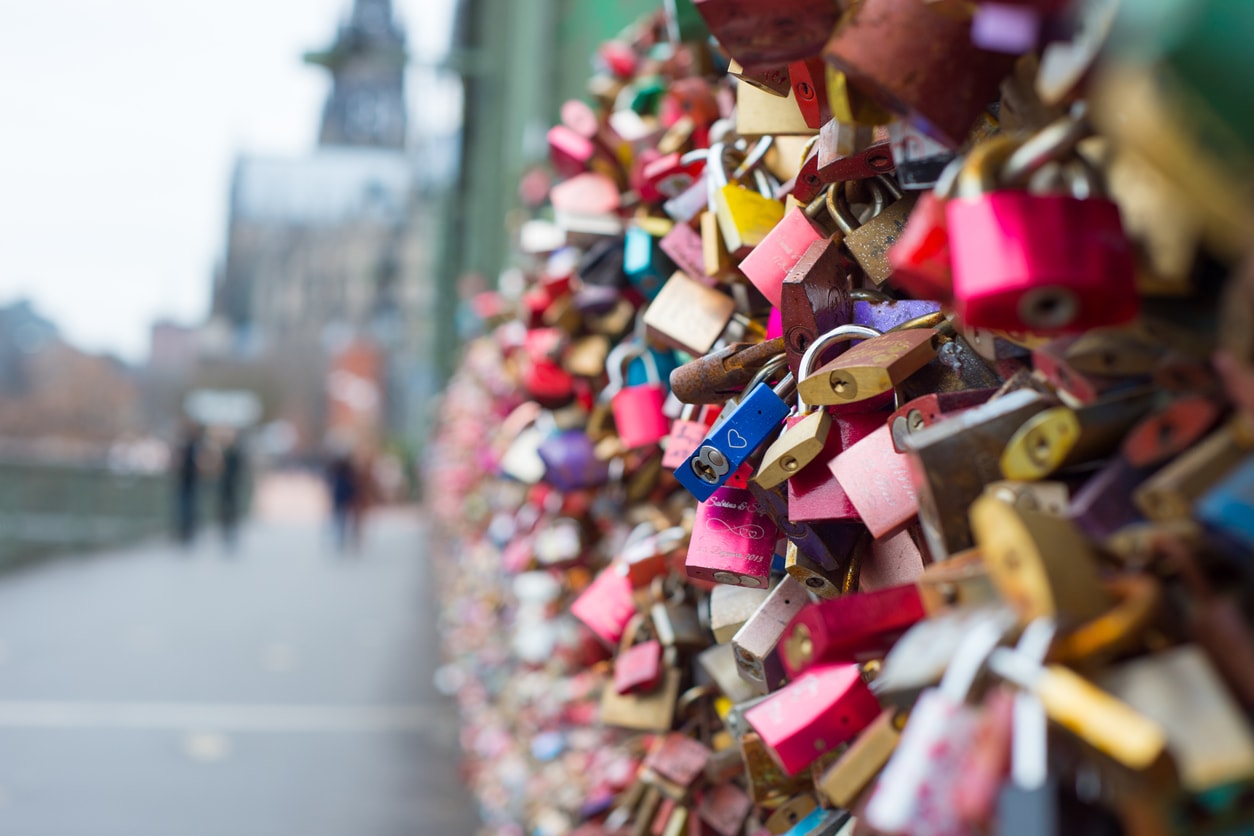
The summers of Cologne are warm enough, with an average temperature of 17 degrees Celsius but are very humid. You may prefer visiting in Autumn and Spring, when it’s still warm but much less humid. It also rains a lot in the winter. June seems to be the optimal time to visit: with ideal weather as well as relatively more affordable hotel prices. You may also want to plan your trip around a local festival, details about which can be found in the section below. We recommend you stay at least three days to truly appreciate Cologne.
Festivals in Cologne
- Köln Carnival (February)
- SummerJam (July)
- Cologne Marathon (September)
- Kunstsalon Music Festival (November)
- Cologne Lights (July)
Places to Visit in Cologne
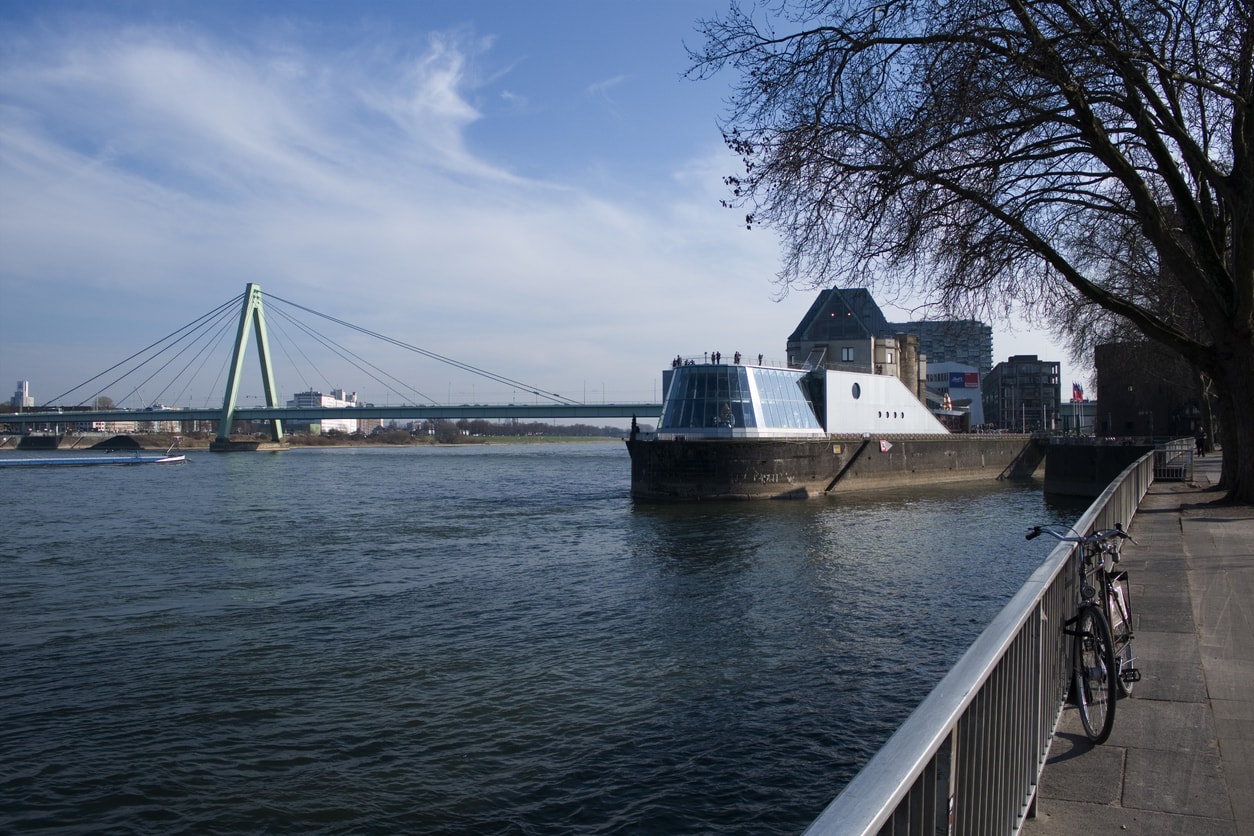
Cologne is in many ways a regional capital in terms of not only population and financial importance, but also in terms of culture. Many great works of architecture and impressive museums can be found in Cologne.
Kölner Dom (Cologne Cathedral)
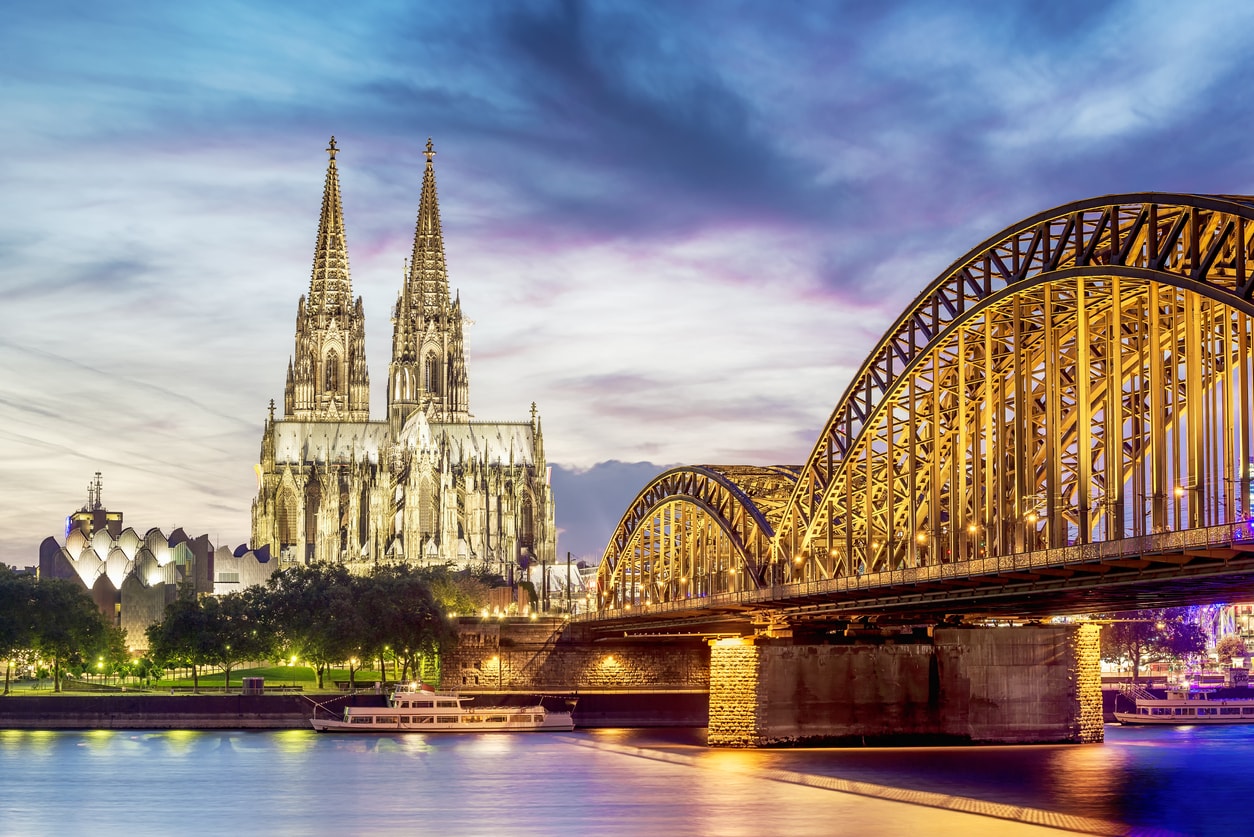
Perhaps the most iconic symbol of Cologne, the Cologne Cathedral is a spectacular work of art. With over 20,000 visitors every day, this imposing cathedral holds the title of Germany’s most popular landmark. Seat of the Catholic Archbishop of Cologne, the Cologne Cathedral is the tallest twin-spired church in Germany, second tallest in Europe and third in the world. Each of the two spires stand at 157 meters tall. The glory of this gargantuan cathedral truly humbles the people standing in its shadow. A masterpiece of Gothic Architecture, this cathedral is also a World Heritage Site. The work on the construction began in 1248 but was abandoned in 1473. With over two hundred years of construction, the cathedral was left unfinished until it was started back up in the 1840s and finally completed in 1880. This incredible cathedral stands at the foot of the Hohenzollern Bridge, and is a must see.
Hohenzollernbrücke (Hohenzollern Bridge)
The Hohenzollern Bridge is named after the House of Hohenzollern, a powerful royal family in Medieval Northern Germany, monarchs of Prussia after its birth and emperors of Germany after the German Unification. It is a bridge over the Rhine River, with a total length of 409 meters and a width of 26 meters. The work on this great bridge began in 1907 and was completed in 1911. It was originally a means to cross the Rhine for trains, cars and pedestrians alike, although after its destruction in World War II and subsequent reconstruction, it no longer is open to automobile traffic. As one of the most important bridges in Germany, it was bombed daily during World War II and impressively, it wasn’t even seriously damaged until the German military engineers blew the bridge as the Allies advanced into Germany. It was completely rebuilt by 1948, thankfully, and today more than 1200 trains cross the Rhine over it every single day. The view from the Deutz side of the bridge is truly something to behold, especially at night. The lights of the city on the far bank of the Rhine, with the Cologne Cathedral and the Great St. Martin Church towering above the city, the Cathedral awash in white light and the Church in an orange hue; and the lights of the Hohenzollern Bridge, dancing across the waters of the Rhine. It is also flanked on either side, on both banks, by an equestrian statue of a Hohenzollern, for a total of four statues, which are also popular with tourists.
Groß St. Martin (Great St. Martin Church)
The Great St. Martin is a Romanesque Catholic church, consisting of various sections, the oldest of which dates back to the late 10th Century. Among the later additions to the church is an incredibly beautiful tower, with four smaller ornate turrets on all four corners of it. The immaculate work on the outer façade of this tower is reason enough to visit.
Colonius
Colonius is a telecommunications tower, standing at 266 meters tall, in the shape of a needle. Although it used to be possible to see Cologne from the sky in Colonius, due to administrative problems, the viewing platform was closed to visitors in 1992. At the time this guide is written, in 2019, it is still closed.
Kranhaus
Kranhaus is the name given to each of the three buildings that dwarf the other buildings around them in what used to be the city’s harbour. The harbour was redesigned into a residential and commercial district in the 2000s, and the three 17-storey high buildings, roughly in the shape of an upside-down “L” were constructed to resemble the cranes that used to load cargo on and off the ships in the harbour. This is also where the buildings get their name. This unconventional piece of architecture is certainly a site to see.
Where to Stay in Cologne?
The Altstadt-Nord and Altstadt-Süd districts are the very center of the city, on the west bank of the Rhine. These districts are home to not only most of the landmarks in the city, but also most of the hotels, especially Altstadt-Süd. That being said, Neustadt-Nord and Neustadt-Süd districts are where the more affordable hotels are.
What to Eat in Cologne?
Prominent local dishes include:
- Himmel un Ääd (Heaven and Earth): Potatoes were known in Europe when they were first introduced from the Americas as “Earth Apples”. The dish’s two main ingredients are apples and potatoes, and this is where it takes its name, with apples in reference to Heaven and potatoes in reference to Earth. Usually served with a blood sausage, this is certainly a unique flavour.
- Schweinshaxe (Pork Knuckle): A very tasty, succulent piece of pork meat, served with potatoes.
- Leberwürst (Liver sausage): A delicious dish consisting of liver meat, red onions and bread.
Shopping in Cologne: Best Souvenirs to Buy

The Hohe Strasse in Cologne Old Town (Altstadt) is the most popular place to go shopping in the city. Many workshops are also found on this street, where you can get beautiful souvenirs. Cologne is of course also famous for its perfume industry, after all, it’s where the word “cologne” comes from. A popular destination is “Farina”, a perfume store that has been in business since 1709.
Nightlife in Cologne
German nightlife is world famous, and Cologne does not disappoint. Many night clubs can be found in the city, centred mostly around Altenmarkt Street. If loud techno music and dancing isn’t your thing, Hohenzollernring Street hosts something for everyone; from pubs to cafes to nightclubs.
Essential Numbers
Country Code: +49
City Code: 221
Cologne Bonn International Airport: +49 2203 404001
Ambulance: 112
Police:110


